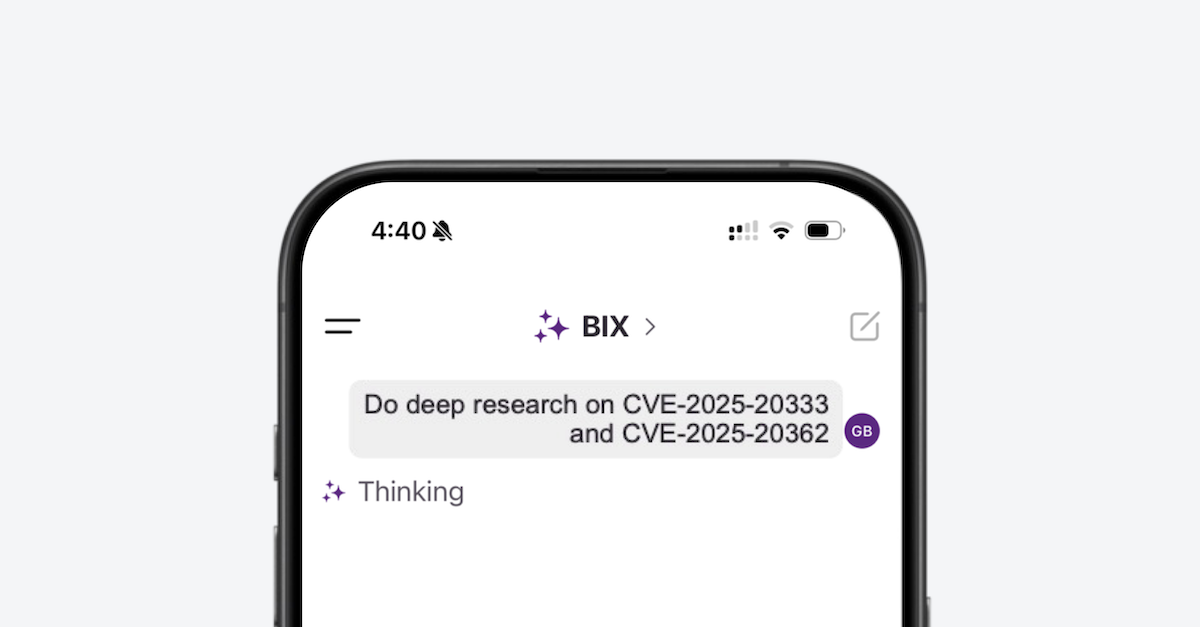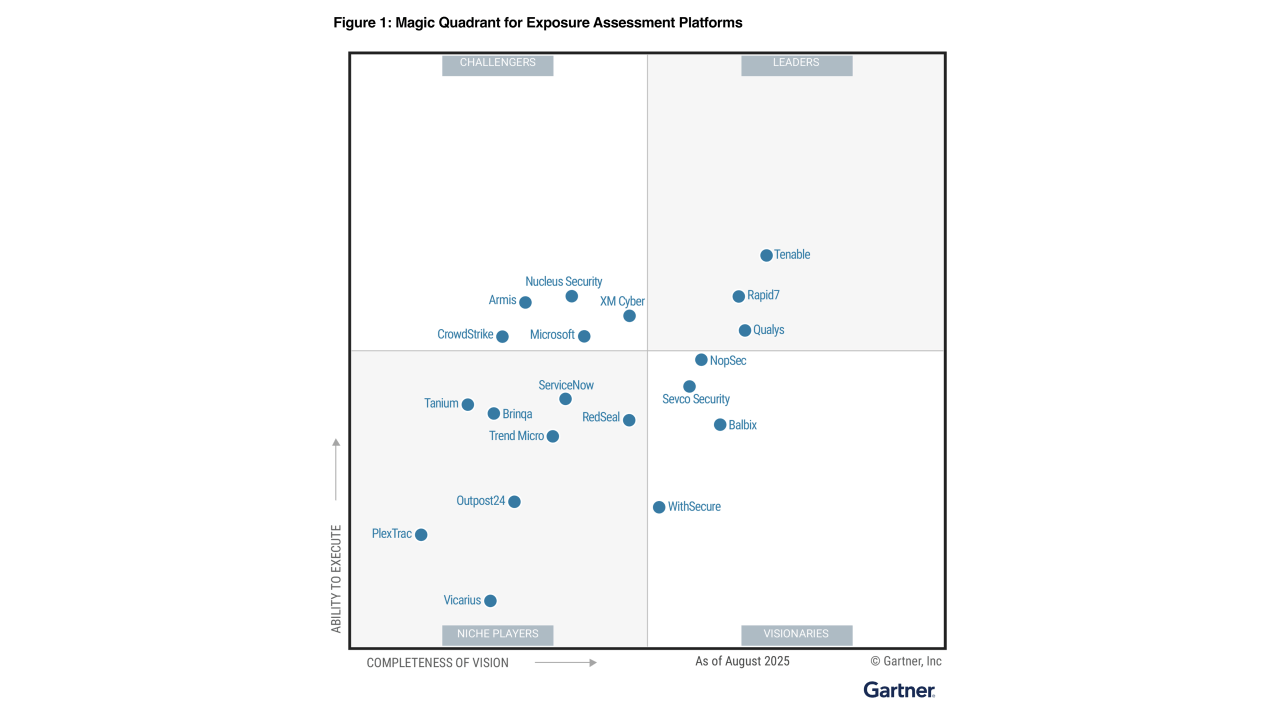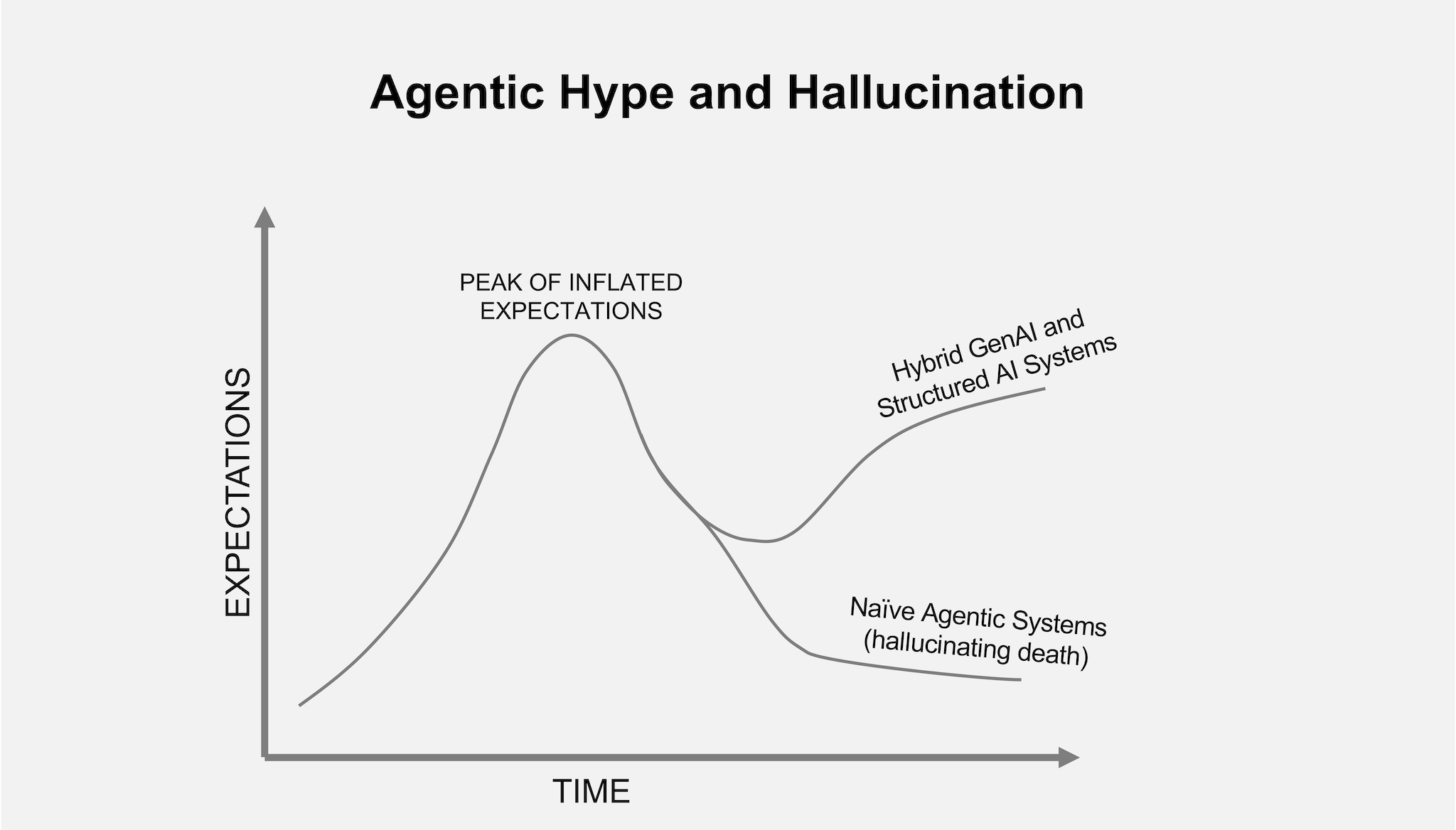EDR, MDR, and XDR represent critical components in modern threat detection and response strategies. For security professionals, understanding the nuances between these approaches is essential to building a resilient cybersecurity program. This article breaks down the differences, where each fits into the security stack, and how to determine what’s right for your environment.
MDR, EDR, and XDR Definitions at a Glance
| Capability | EDR | MDR | XDR |
| Core Function | Endpoint detection and response | Managed detection and response | Extended detection and response |
| Scope | Endpoint-centric | Endpoint + outsourced monitoring | Endpoint, network, cloud, identity |
| Management | Internal security team | Outsourced SOC | Internal team or vendor-managed platform |
| Visibility | Endpoint only | Endpoint + threat intelligence | Cross-domain correlation |
| Primary Users | Organizations with an in-house SOC | Resource-constrained organizations | Mature programs seeking a unified response |
EDR: Endpoint Detection and Response
EDR solutions are designed to monitor endpoint activity, detect suspicious behaviors, and enable response and remediation. They collect and analyze telemetry from endpoints like laptops, servers, and workstations, offering threat visibility, forensic insights, and automated workflows.
Use Case: An internal SOC uses EDR for threat hunting, behavioral detection, and triage. Analysts investigate indicators of compromise (IOCs), lateral movement, and privilege escalation patterns.
Challenges:
- Endpoint telemetry has no cloud, network, or identity activity visibility.
- Requires experienced analysts and integration with tools like SIEM and SOAR.
Read more about EDR – Endpoint Detection and Response.
MDR: Managed Detection and Response
MDR builds on EDR or similar detection tools by adding 24/7 monitoring, triage, and response from a vendor-operated SOC. MDR providers often layer threat intelligence, incident response guidance, and analyst expertise on top of endpoint and sometimes network telemetry.
Use Case: A lean IT/security team partners with an MDR provider to gain 24/7 coverage and faster response without building an internal SOC.
Challenges:
- Quality varies significantly across providers.
- Some MDRs offer little more than alert forwarding.
- Many MDRs still rely heavily on endpoint data, limiting coverage of network, cloud, and identity attack surfaces.
Read more about MDR – Managed Detection and Response.
XDR: Extended Detection and Response
XDR platforms aggregate and correlate telemetry across multiple layers—endpoints, networks, cloud infrastructure, identity systems, etc. This integration allows for automated analysis, broader attack surface visibility, and streamlined response workflows.
Use Case: A mature SOC uses XDR to consolidate alerts from SIEM, EDR, NDR, IAM, and more. The platform enriches alerts, maps them to frameworks like MITRE ATT&CK, and orchestrates response actions.
Challenges:
- Definitions vary: some vendors relabel EDRs with added features as “XDR.”
- Closed XDR platforms (single-vendor) may simplify deployment but limit third-party integration.
- True XDR requires normalization and intelligent correlation across diverse data sources.
Read more about XDR – Extended Detection and Response.
Choosing the Right Approach
Your decision depends on internal resources, threat profile, and maturity.
| Organization Type | Recommended Approach |
| Limited staff, no SOC | MDR |
| Mid-sized or growing team | EDR with strong integration into SIEM/SOAR |
| Large or mature security org | XDR for unified detection/response |
Ask yourself:
- Do you have the headcount for 24/7 monitoring?
- Can your team meet MTTD (Mean Time to Detect) / MTTR (Mean Time to Respond) goals?
- Do you need visibility beyond endpoints?
Where Exposure Management Fits
Detection is only one piece of the puzzle. Preventing breaches starts with reducing your attack surface. Exposure management platforms like Balbix work alongside EDR, MDR, and XDR to:
- Continuously identify vulnerabilities, misconfigurations, and unmanaged assets
- Quantify risk using AI-based risk prioritization
- Feed context-rich data into detection platforms to guide effective response
Final Thoughts
EDR, MDR, and XDR are not mutually exclusive. They represent a continuum of maturity:
- EDR gives you endpoint-level visibility and control.
- MDR adds managed SOC expertise for faster response.
- XDR integrates across domains for full-spectrum detection and automation.
Ultimately, the right choice depends on aligning your approach with your security operations risks, resources, and maturity.
Frequently Asked Questions
- What is the difference between MDR, EDR, and XDR?
-
EDR focuses on endpoint detection and response, MDR adds 24/7 managed monitoring and expert-led response services, and XDR integrates telemetry across multiple domains (e.g., endpoint, network, cloud) for unified detection and automated response.
- How does XDR improve on EDR?
-
XDR goes beyond endpoint visibility by correlating data across endpoints, networks, identity platforms, and the cloud. This cross-domain approach enables more comprehensive threat detection and orchestrated responses compared to endpoint-focused EDR.
- Can MDR work without EDR?
-
MDR often uses EDR tools as a foundation but can incorporate other telemetry sources like network or cloud log data. Its managed nature complements existing security tools by layering in human expertise and proactive threat hunting.
- When should an organization choose XDR over MDR?
-
XDR is better suited for organizations with mature security operations looking to integrate and scale cross-domain threat detection and response. MDR is ideal for teams seeking outsourced SOC capabilities without building in-house expertise.


